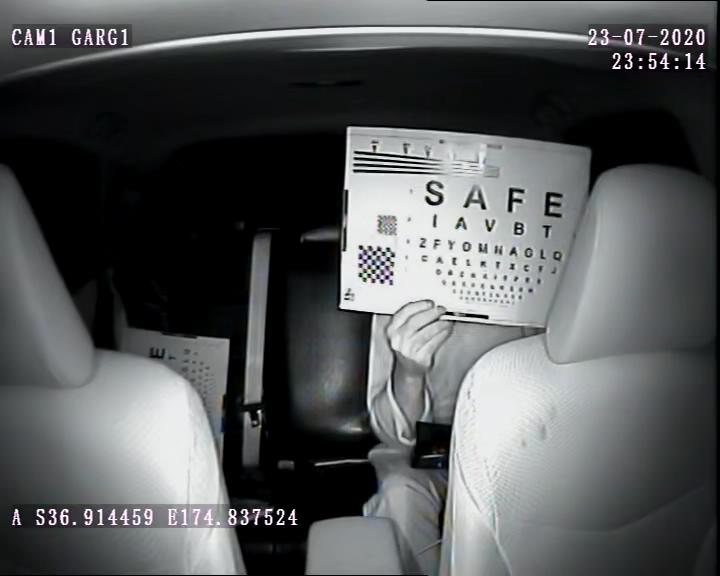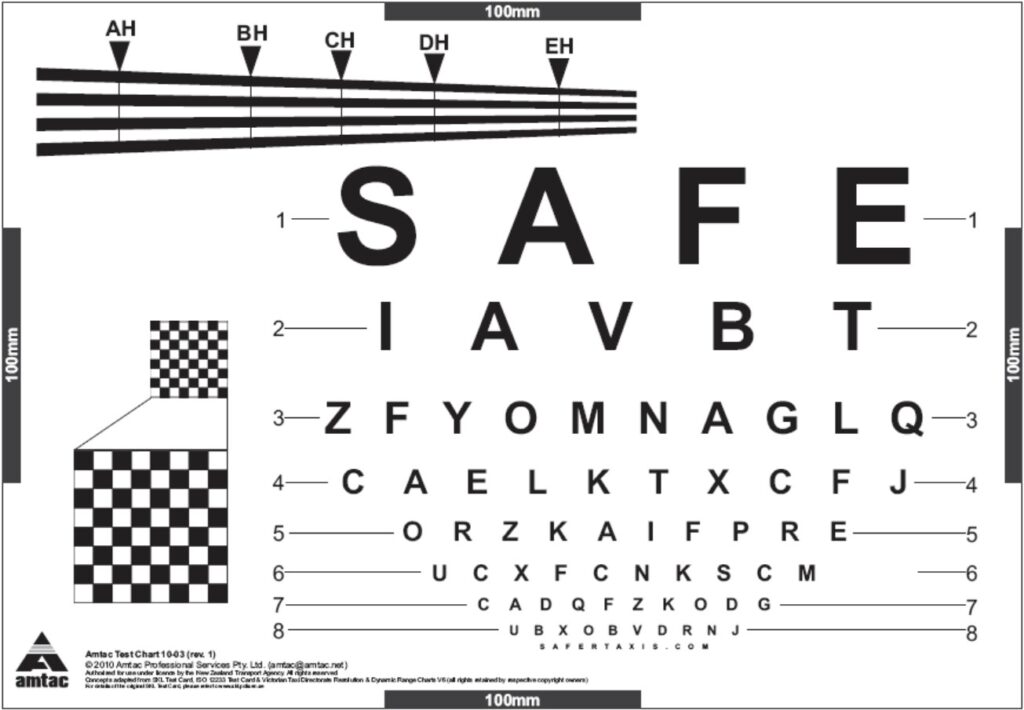Although any product sold within New Zealand has to show compliance with the relevant standards, the NZTA also requires that any Camera Security System that is to be used in a taxi is fit for this specific purpose. The requirements are part of the Land Transport Rule: Operator Licensing 2007 as amended by the Operator Licensing Amendment (no 2) 2010. The test checks the compliance with the Land Transport Rule, and the suitability of the system for use in the Taxi industry.
When a product has EMC compliance, it shows that it does not adversely effect other nearby products through emitted and conducted electrical and electromagnetic noise. Electronic products containing switching components can generate too much noise if they are not properly designed or shielded. Part of EMC compliance also shows that the product is not affected by other sources of noise. Acceptable standards for Taxi Camera Security Systems are EN 50498, CISPR22 / EN55022 (or the new CISPR32 / EN55032), the generic emissions standards AS/NZS 61000.6.3 or EN 61000-6-3, or the older standard AS/NZS 4251.1 (you only need one of these).
To get EMC compliance, you must have your product tested for the related standard. If the manufacturer has already had the test performed, you will need to hold copies of the test report and certificate for future reference. You must also complete a Supplier Declaration of Conformity that contains the relevant information. More information on EMC compliance can be found here.

The Image Capture Exercise consists of two dynamic tests to be undertaken, one in daylight hours and one in night-time hours. This test is to allow the Transport Agency to assess whether the images produced are suitable for facial identification of passengers.
Daylight test: Images must be taken between 0900hrs and 1600hrs with the vehicle traveling approximately 90 km/h.
Night-time test: Images must be taken between 2300hrs and 0300hrs with the vehicle traveling approximately 90 km/h. A location with no street-lighting must be used.
The images must show a passenger holding up the test chart in front of their face (as provided by the Transport Agency, or downloaded here). The tests can be conducted with 1, 2 or 4 passengers and you must submit 10 images from each test. The test must be performed for all passenger seating positions, therefore if possible it is easiest to perform the test with people sitting in all seating positions.

The images are checked for the following:
It is recommended that you verify these points prior to submitting the system for testing, as this will ensure the test can be performed without delay.
Tip: To achieve the required image quality, a resolution of 600 x 480 (600 TVL) or higher is usually needed.
However, this may also depend on the DVR and it’s image processing.
© 2024 Bentech Limited • All Rights Reserved